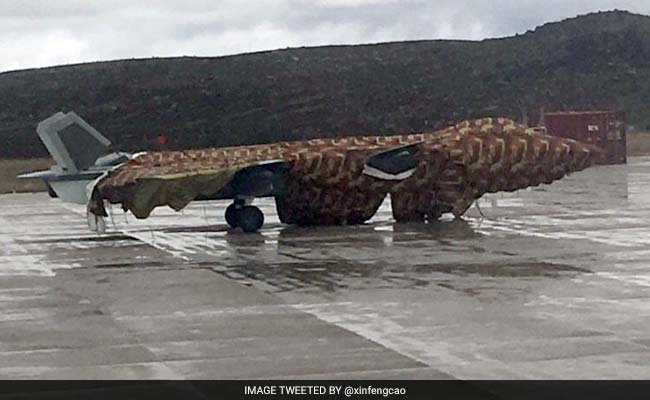SOURCE: AFI

China’s Chengdu Institute of Aviation Industry conducted J-20 fighter jet test flights on the Tibetan Plateau in 2021. While this high-altitude testing served a purpose, it also exposed potential limitations of the J-20 in such environments.
The key challenge lies in the extreme conditions of the Tibetan Plateau. The test flights likely took place at Daocheng Yading Airport, which sits at over 4,000 meters above sea level.
The thin air at high altitudes reduces engine thrust, potentially causing a significant loss of power. Abhijit Iyer-Mitra, a senior fellow at the Institute of Peace and Conflict Studies, estimates the J-20 could lose 60-70% of its capabilities, particularly its takeoff weight and payload capacity.
The Tibetan plateau’s runways might not be ideally suited for the J-20’s size and weight (estimated Maximum Takeoff Weight: 37-40 tons). The fighter’s single-wheel design on the front landing gear could experience increased tire wear due to the rough terrain, potentially requiring frequent replacements.
Carrying a full weapons load (estimated maximum: 11,000 kg) at high altitudes might be impractical. The combination of reduced engine power and increased weight could limit the J-20’s operational effectiveness in such scenarios.
These factors raise questions about the J-20’s effectiveness in a potential conflict with India, particularly in the Himalayan region. The fighter’s capabilities might be significantly hampered by the high-altitude environment.
However, some consider the tests a way for China to showcase its advancements in high-altitude fighter operations. The harsh Tibetan environment could be a way to push the J-20’s limits and gather valuable data for future improvements.